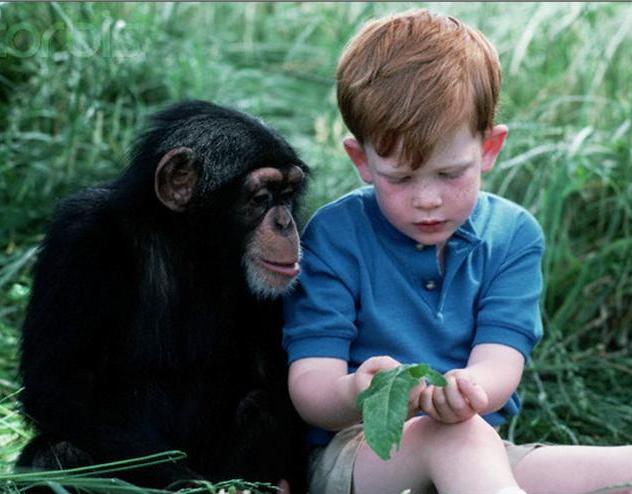Programação
-

Cultura e Evolução em Animais Humanos e Não-Humanos (PSE 5917)
O curso tem por objetivo oferecer ao aluno um panorama atualizado da pesquisa sobre tradições comportamentais em animais não-humanos e do debate em torno da natureza da cultura, das continuidades e descontinuidades entre os processos culturais em humanos e não-humanos e do lugar da cultura na psicologia evolucionista (lato sensu) -
Apresentação do Curso
A cultura é provavelmente o mais “característico” da natureza humana. O conhecimento acumulado sobre a complexidade dos processos de aprendizagem social em animais não-humanos, no entanto, mostra que a noção de que o comportamento de outras espécies seja guiado apenas por “instintos” ou aprendizagem individual é simplista demais. Em que medida as tradições comportamentais de animais não-humanos são similares à cultura humana, porém, ainda é o objeto de intenso debate – que depende não apenas de evidências empíricas, mas também de como definimos “cultura”. A cultura (humana) é costumeiramente vista pelas “humanidades” como algo que nos coloca para além do “determinismo biológico”, mas as abordagens evolucionistas do comportamento humano – que inicialmente tendiam a ignorar a cultura ou reduzi-la a uma causa “proximal”, sem relevância evolutiva à parte das suas consequências imediatas sobre o “fitness” – encontram-se diante de questões provocativas sobre (1) a possibilidade de se entender a evolução cultural em termos Darwinianos e (2) se a cultura, mais que simplesmente parte do nosso “fenótipo estendido”, pode não apenas ser moldada, mas também moldar a evolução genética. A proposta do curso é fornecer uma introdução às abordagens evolucionistas sobre a natureza da cultura.
-
Origens ecológicas, sociais e culturais do intelecto primata
-
Abordagens evolucionistas da psicologia e da cultura
-
"Cultura" enquanto adaptação
-
"Cultura" e "Tradições Comportamentais" em animais não-humanos - Primatologia Cultural
-
Aprendizagem socialmente mediada
-
Aprendizagem social animal no laboratório e no campo: aperfeiçoando metodologias
-
Animais humanos X não-humanos: imitação e cultura cumulativa
-
Ontogenia e evolução
-
"Construção de Nicho" e evolução
-
Cultura enquanto processo Darwiniano / Coevolução Genes-Cultura
-
Seleção [cultural] de grupo e a evolução da cooperação
-
Entrega até 11/10/18